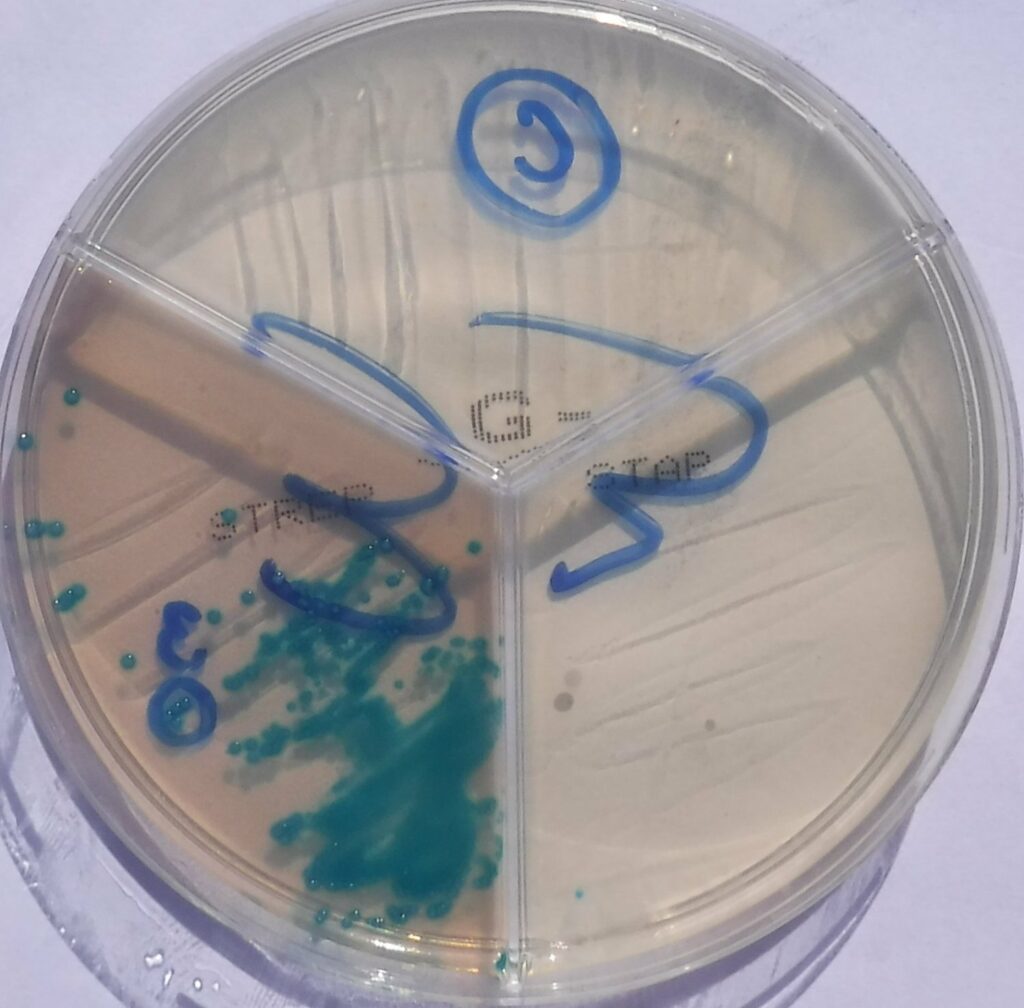
Věříš M. Změny ve spektru a významnosti dominantních původců mastitid a možnosti jejich tlumení
v českých chovech dojnic. Changes in the spectrum and importance of dominant mastitis causal agents and the possibilities of their eradication in the Czech dairy cattle farms. Veterinářství 2022;72(2):106-109.
SOUHRN
Článek shrnuje poznatky z rozboru výsledků auditů prováděných na mléčných farmách v České republice v souvislosti s praktickou výukou faremní diagnostiky mastitid. Porovnává změny ve spektru původců mastitid a tento trend je patrný celosvětově. Depistáž patogenů byla provedena faremní kultivací pomocí CMtestu českého výrobce LabMediaServis s. r. o. Jaroměř. Podezřelé kolonie z odebraných vzorků mléka byly označeny a konfirmovány metodou MALDI-TOF v laboratořích LabMediaServisu, SVÚ Jihlava a SVÚ Olomouc. V těchto laboratořích byla též stanovována citlivost na antibiotika a bylo prováděno došetřování kvasinek a řas. Důvodem laboratorního vyšetření byl nárůst četnosti zánětů mléčné žlázy a zhoršení kvality produkovaného mléka. Výskyt nových, méně známých patogenů umožňuje realizaci nových účinných a ozdravovacích antimastitidních programů.
SUMMARY
This article summarises the findings from the analysis of the results of audits performed on dairy farms in the Czech Republic in connection with the practical teaching of farm diagnostics of mastitis. The changes in causal agents of mastitis are compared and this trend appears in the whole word. The screening of pathogens was performed by farm cultivation using the CMtest of the Czech company LabMediaServis s.r.o. Jaroměř. Suspected colonies from milk samples were marked and confirmed by the MALDI-TOF method in the LabMediaServis laboratories, SVÚ Jihlava and SVÚ Olomouc. Susceptibility to antibiotics was also assessed in these laboratories and examination of yeast and algae was performed. The reason for the
laboratory examination was an increase in the frequency of mammary gland inflammation and deterioration in the quality of the milk produced. The occurrence of new, less known pathogens enables the implementation of new effective and curative antimastitis programs.